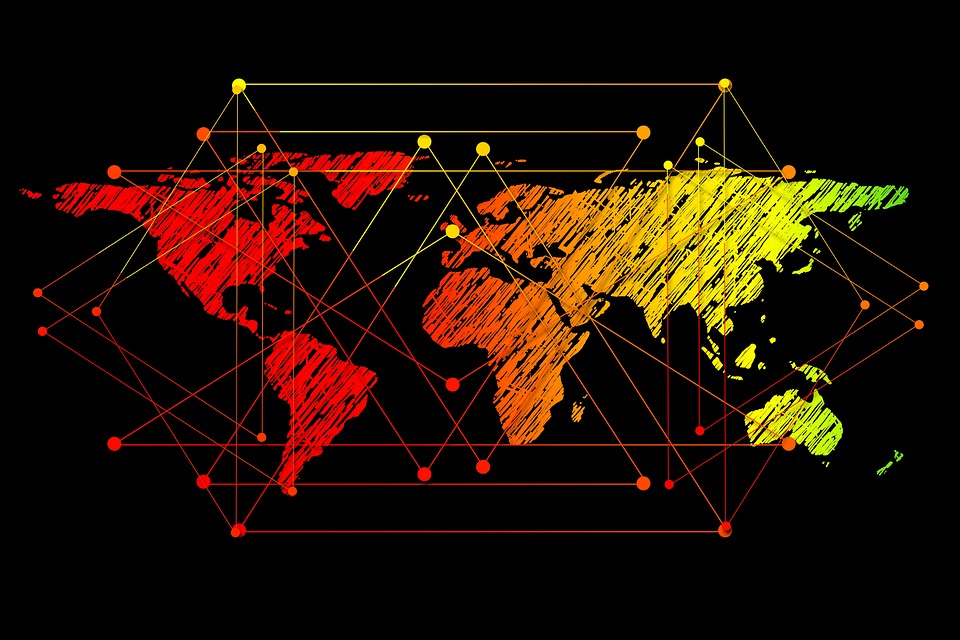Introduction
In recent years, the landscape of film distribution has undergone a dramatic transformation. Traditional distribution models through major studios and theatrical releases are no longer the only options available to filmmakers. With the rise of the internet and digital platforms, filmmakers now have access to alternative models of distribution that allow them to connect directly with their audience. Two of the most popular alternative models are crowdfunding and self-distribution.
Crowdfunding
What is crowdfunding?
Crowdfunding is a method of financing a project by raising small amounts of money from a large number of people, typically via the internet. This approach allows filmmakers to bypass traditional sources of financing, such as studios or investors, and instead rely on the support of their fans and followers.
How does crowdfunding work for film distribution?
Filmmakers can use crowdfunding platforms like Kickstarter, Indiegogo, or Seed&Spark to raise funds for their projects. They create a campaign on these platforms, where they outline their project, set a funding goal, and offer rewards to backers based on their contribution level. Supporters can then pledge money towards the project, with the understanding that they will receive rewards such as digital copies of the film, merchandise, or exclusive behind-the-scenes access.
Advantages of crowdfunding for filmmakers
Crowdfunding offers several advantages to filmmakers. Firstly, it allows them to retain creative control over their projects, as they are not beholden to the demands of traditional financiers. Secondly, it helps them build a community of supporters who are invested in their work and eager to help promote it. Finally, crowdfunding can serve as a valuable marketing tool, generating buzz and excitement around a film long before it is released.
Case study: “Veronica Mars”
One of the most successful examples of crowdfunding in film distribution is the 2014 film “Veronica Mars.” The project, which was a continuation of the popular television series, raised over $5.7 million on Kickstarter, surpassing its initial goal of $2 million. The success of the campaign demonstrated the power of crowdfunding to mobilize a fan base and bring a beloved franchise back to life.
Self-Distribution
What is self-distribution?
Self-distribution is the process by which filmmakers take on the responsibility of distributing their own films, rather than relying on a traditional distributor. This approach allows filmmakers to retain control over how their films are marketed, screened, and sold.
How does self-distribution work for filmmakers?
Filmmakers can self-distribute their films through a variety of channels, including theatrical screenings, film festivals, online streaming platforms, and physical media. By leveraging their own networks and resources, they can reach audiences directly and maximize their profits.
Advantages of self-distribution for filmmakers
Self-distribution offers several advantages to filmmakers. Firstly, it allows them to keep a larger share of the profits from their films, as they do not have to split revenue with a distributor. Secondly, it gives them full control over their marketing and release strategy, enabling them to target specific audiences and niches. Finally, self-distribution can help filmmakers build a direct relationship with their audience, fostering a sense of loyalty and engagement.
Case study: “The Blair Witch Project”
One of the most famous examples of successful self-distribution is the 1999 horror film “The Blair Witch Project.” The film, which was made on a shoestring budget of $60,000, eschewed traditional distribution channels and instead relied on grassroots marketing and word-of-mouth buzz. Through clever viral marketing tactics and a limited theatrical release, “The Blair Witch Project” went on to become a box office sensation, grossing over $248 million worldwide.
Conclusion
As the film industry continues to evolve, filmmakers are increasingly turning to alternative models of distribution like crowdfunding and self-distribution. These approaches offer filmmakers greater creative control, direct access to their audience, and the potential for higher profits. While traditional distribution models still have their place, the rise of crowdfunding and self-distribution has opened up new opportunities for filmmakers to bring their visions to life in innovative and exciting ways. By embracing these alternative models, filmmakers can carve out their own path in the industry and connect with audiences in ways that were previously unthinkable.



